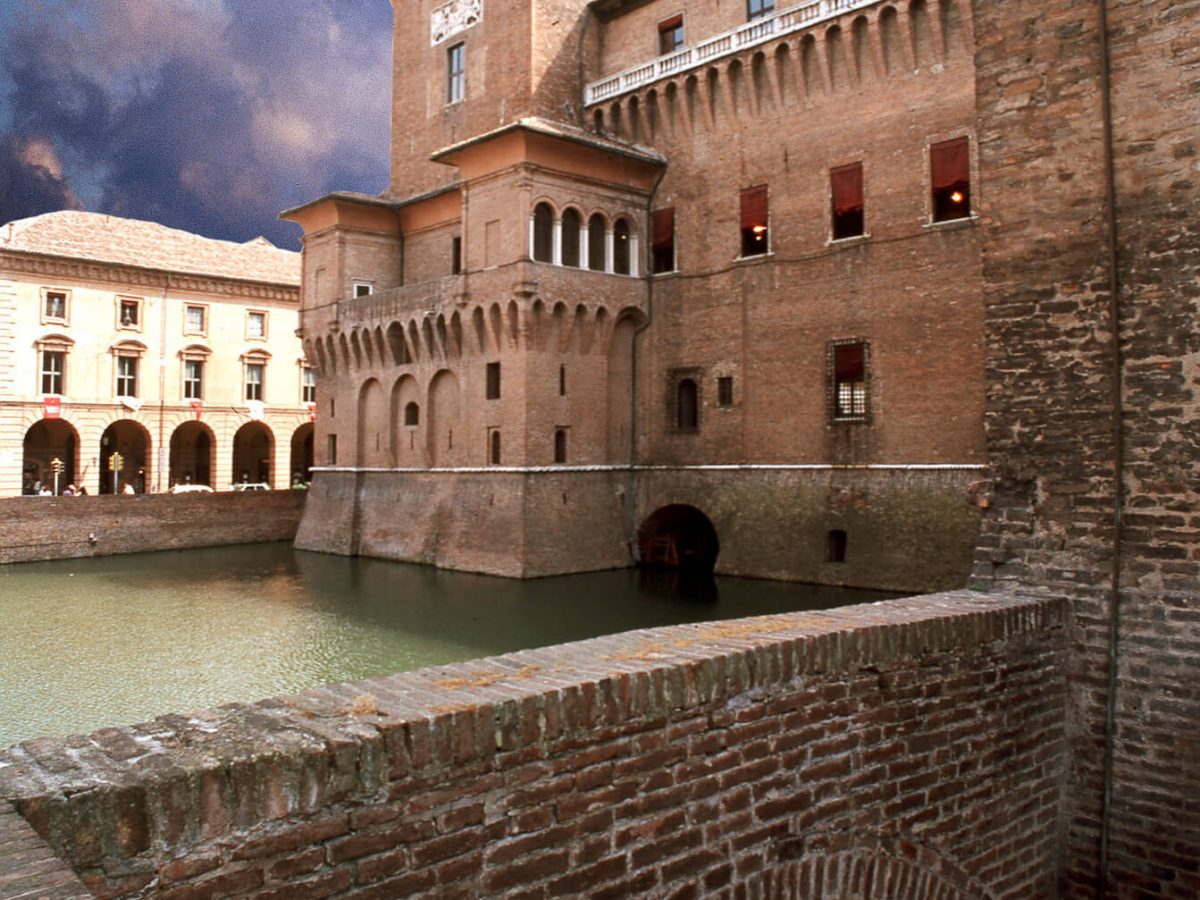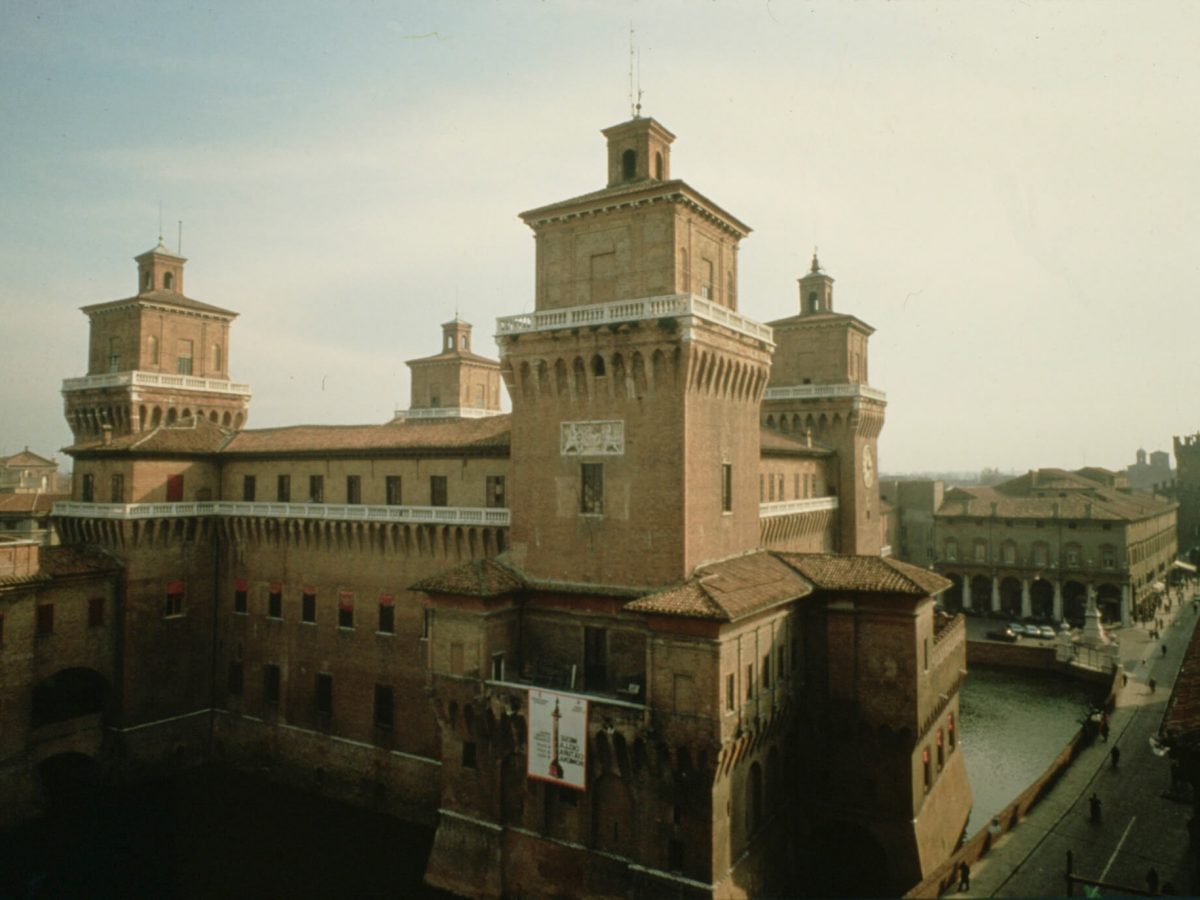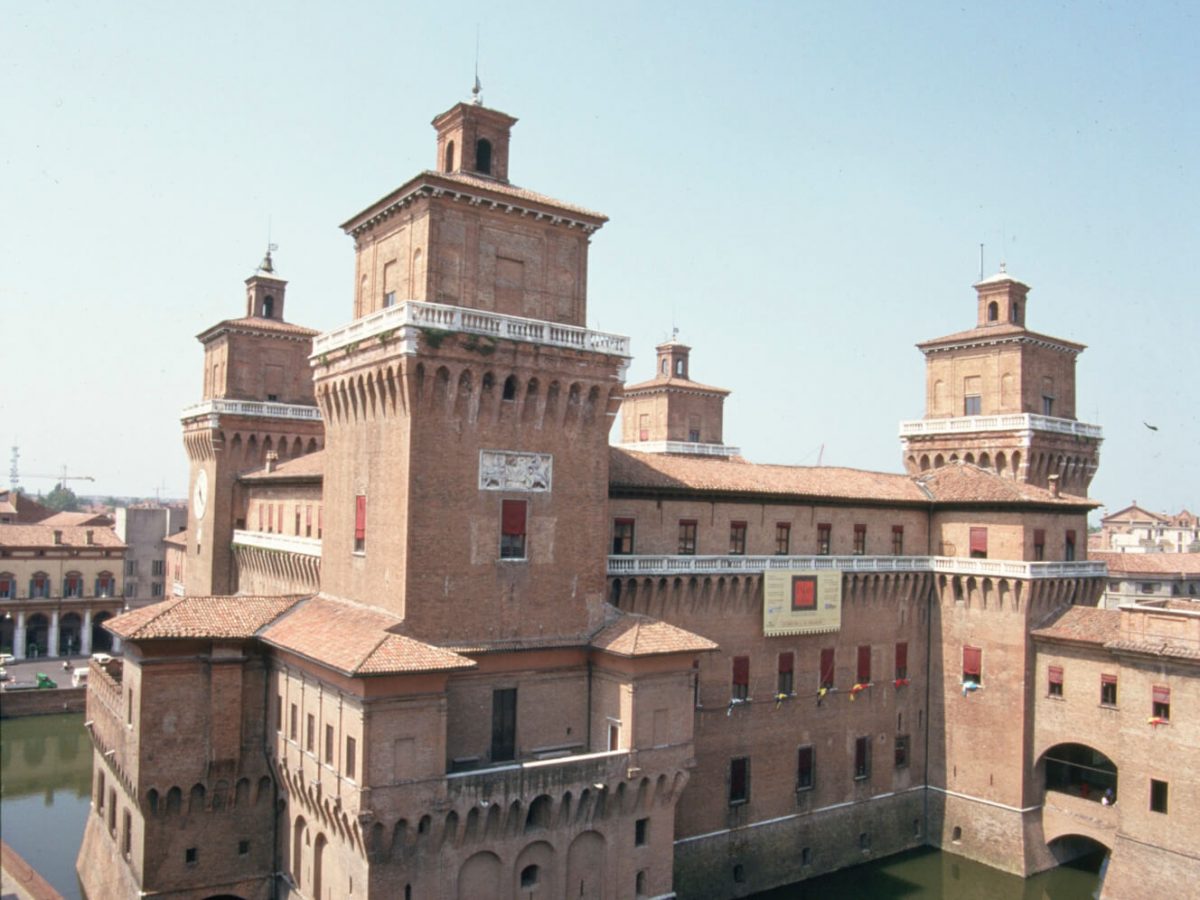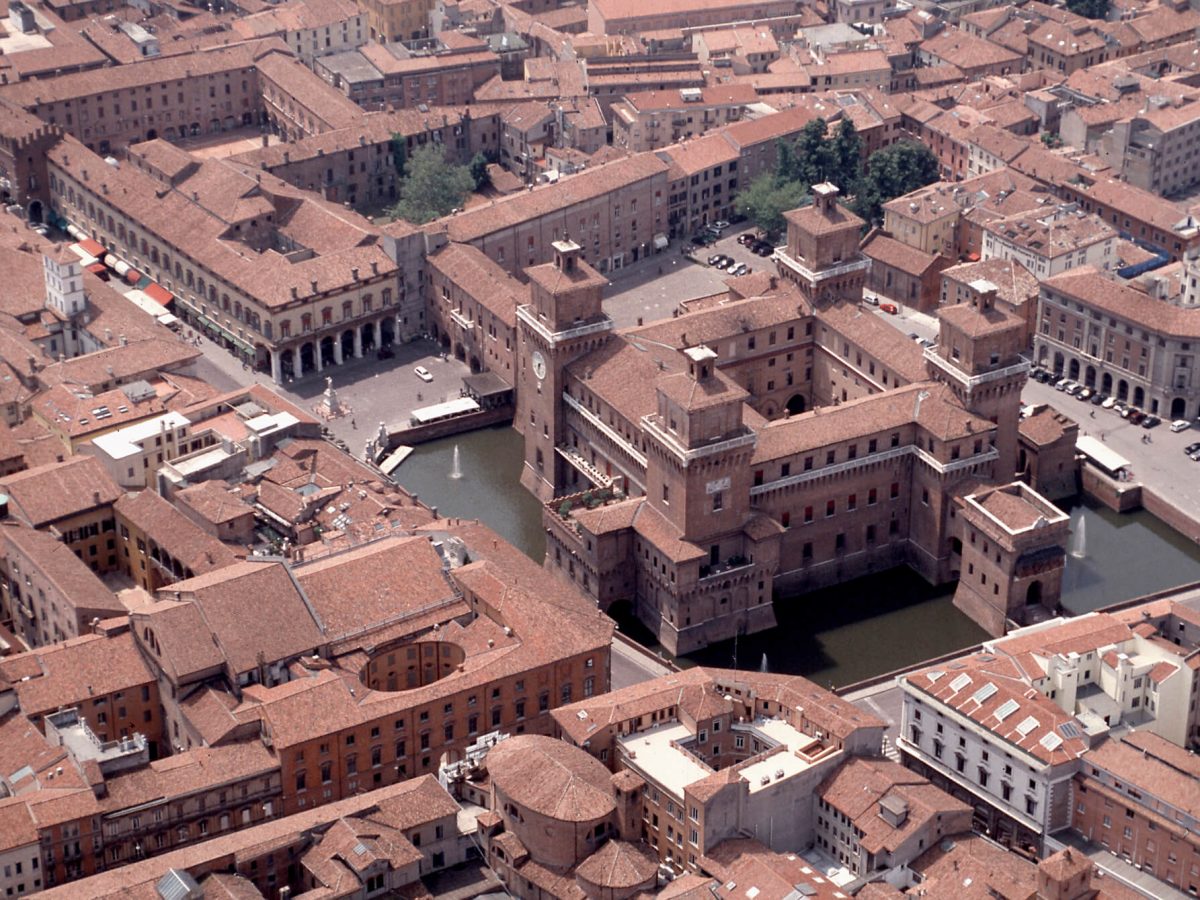Ferrara, City of the Renaissance, and its Po Delta, situated within the Emilia Romagna region of Italy, is a remarkable cultural landscape. The area comprises the urban centre of Ferrara and adjoining agricultural lands within the ancient and vast Po River delta.
The inscribed property extends to the ring of defensive walls that first enclosed the historic urban centre of Ferrara in the 12th century. Over time, the encircling walls of the medieval town were extended to accommodate urban growth and today the walls encircle the mediaeval city, the Cathedral of San Giorgio, the Estense castle. A series of urban planning schemes were implemented, which made Ferrara the first Renaissance city to be developed using a complex urban plan. The best known of these schemes, the Addizione Erculea designed by Biagio Rossetti at the end of the 15th century, was one of the first urban plans based on the idea of perspective – that is, balancing humanist principles relating to form and volume in architecture with open space, the needs of the city, and local traditions.
The Po delta of the Po River valley has been settled for millennia. From the 14th to the 16th centuries the ruling Este family carried out extensive land reclamation and building projects, which give this area a distinctive character links with Ferrara, seat of the Este family. Transformations made to the countryside surrounding Ferrara during the Renaissance included: drainage of huge swathes of swampland, establishment of castalderie (estates), creation of new waterways and streets as part of the overall urban development plan and construction of a network of noble residences known as the delizie estensi This work led to a new fabric of agricultural production and the construction of Ducal residences as political signet of magnificence



